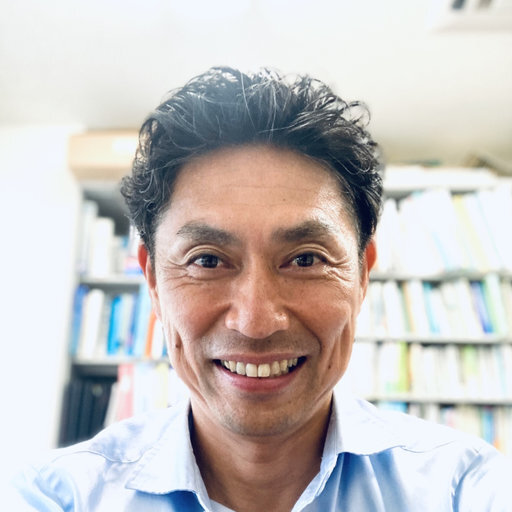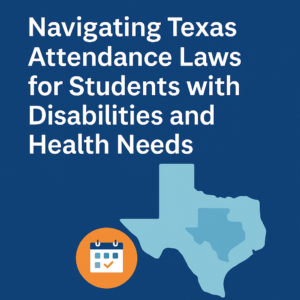A discussion with Dr.Naoki Maeda of the School of Social Welfare, Kyushu University of Health and Welfare, Nobeoka, Japan
Have you heard that exposure therapy is the treatment of choice for school avoidance?
Hopefully, you have, but don’t feel bad if you haven’t.
Academics, clinicians, and researchers know this, but it has been slow to reach the most critical stakeholders… Parents and Schools.
Gradual desensitization to school exposures is the most common and usually most prescribed version of exposure therapy.
It’s based on the belief that,
The feared situation or thing is a learned fear and needs to be unlearned by exposure to that fear. By forcing the person to confront their fear, they will learn that there is nothing dangerous. (If you would like to learn about gradual desensitization exposure therapy, go to our types of therapy section here, scroll down to #2)
Another type of exposure therapy has been researched and utilized but should be used under certain conditions.
It’s called flooding.
Your “regular” “run of the mill” exposure therapies gradually build a patient up from smaller, easier to confront, less scary examples of stimuli in their treatment.
Flooding usually starts with the most challenging aspects from the very beginning. Then, it keeps the same level of exposure until the desired goal is achieved or if a patient cannot continue.
For school avoidance, it refers to forcing your child back to school by being extremely firm, unrelenting, and escorting them.
I know what you are thinking, and I agree!
This is hard and can be difficult to carry out. This is not for everyone!
A highly regarded researcher, clinician, school counselor, and professor, Dr. Naoki Maeda of Kyushu University of Health and Welfare, Nobeoka, Japan, has published several studies on the use of flooding treatment of school refusal. (you can read the research study here).

Dr. Naoki Maeda
Most of all, do parents escort their children into the car and school building while the child is crying or screaming?
Dr. Maeda spoke with me, and he said sometimes it does come to that. He mentioned a case where five people escorted a boy into the school building. The boy stayed.
He discussed examples of success with this approach. The day we spoke, he said he had just completed three consultations with families seeking his help and had plans to escort a boy to school tomorrow.
The rapid return approach is a strategy that all parties (parents, school, clinicians) must agree on and commit to.
The steps taken with this approach are:
a) After the parents meet with the professionals and decide to use this approach, they would declare to their child that they would be forcing him/her to attend school
b)The intervention would commence two days after the declaration, during which time the parents would encourage their child to get ready for return to school (e.g., preparing textbooks and school uniform)
c) The parents would use planned ignoring of the child’s behaviors associated with school refusal such as crying, somatic complaints, or tantrum
d) The parents would conceal sharp implements at home to reduce the possibility of self-harming
e) The parents would wake their child, get him/her changed into the school uniform and escort him/her to the school entrance
f) School staff and the classroom teacher would escort him/her from the school entrance to the classroom, perhaps with the support of close friends
g) School staff would come to the family home if the parents could not escort the adolescent to school on time due to resistive responses
h) After arriving at school, the adolescent would be expected to stay at school all day (preferably in the classroom for the whole time), and school staff would not permit him/her to leave school early, even if the adolescent wished to do so
i) The intervention would be suspended if the parents requested it.
The following verbal prompts were used:
(e.g., “If you do not go to school with us, we have no choice but to call school staff and ask them to bring you to school”) or physical escorting (i.e., guiding the adolescent by holding their hand or arm; pulling the adolescent into the car or the school building).
Dr. Maeda’s study was done with 39 children between 12-14 years old.
28 of the 39 kids (72%) responded to treatment, with at least 85% attendance in the classroom within three months and for the next six months.
A glaring note in the research.
The outcomes of 23 families that chose not to participate in this study. Receiving no therapy, treatment, interventions whatsoever, taking a wait and see approach.
These kids never returned to school.
Another interesting observation;
The families that had most success returning their child to school through rapid return had their fathers escorting them to school.
Dr. Maeda explained that in Japan, the father usually takes a backseat to childrearing and may have a more distant relationship with the child. This positions them as more of an authoritative figure. In contrast, the kids are very connected to their mothers.
Many researchers and mental health professionals advise against this technique, though. The ethical appropriateness of this technique has been controversial.
Dr. Chris Kearney suggested that immediate return to full-time attendance is not preferable when youth have high levels of anxiety and long histories of school refusal.
He advised that rapid school return stop when youth become overanxious or parents cannot tolerate it. At the same time, it is noted that stopping rapid school return midway reinforces the child’s resolve to refuse school.
Dr. Chris Kearney and Dr. Anne-Marie Albano advocated the following conditions for the use of forced school attendance.
a) A child refusing school only for attention and without any significant distress or anxiety
b) Parents who are willing to take a child to school and school officials who are willing to meet the child at the door of the school building and escort her to class
c) Presence of two parents or one parent and another adult who can take the child to school
d) A child who understands what will happen if she refuses school
e) A child currently missing most school day
f) A child under age 11 years.
It’s also advised that the rapid school return approach only be utilized by specifically trained school counselors.
Dr. Maeda has helped many kids in his practice with this approach in Japan.
He and the research note; that Japanese cultural factors such as compulsory schooling and family dynamics could have lent to the success of the treatment in his studies.
There are other supporters of this forced return worldwide, noting that it is most appropriate for cases where the onset of school refusal behavior is rapid with no prior history of similar problems.
However, this technique can prove highly stressful for all parties involved.
I always recommend that parents do their research and ask questions of the clinicians treating their children.
We know our kids best. We know what we can handle and what we can’t.
*Dr. David Heyne of the Institute of Psychology, Leiden University, Leiden, Netherlands, is the co-contributor to the study noted in this article.





